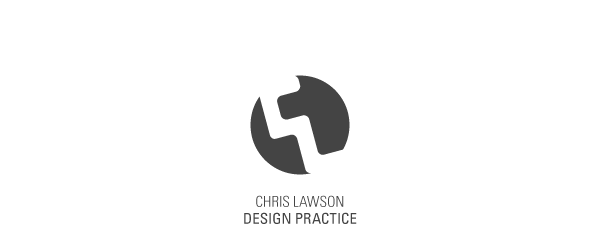Based on my research, and my negotiated brief, I have come up with a few ideas that communicate my concept. I have considered the possibilities of cutting (i.e. filling in counters) and demonstrated a 2D and 3D hybrid in response to Peter Callesen.
I have focused on typography with these, whereas it should be a second thought to complement the design. I need to look at imagery and how to make silhouettes with complicated images such as landscapes.
SEE:



















































